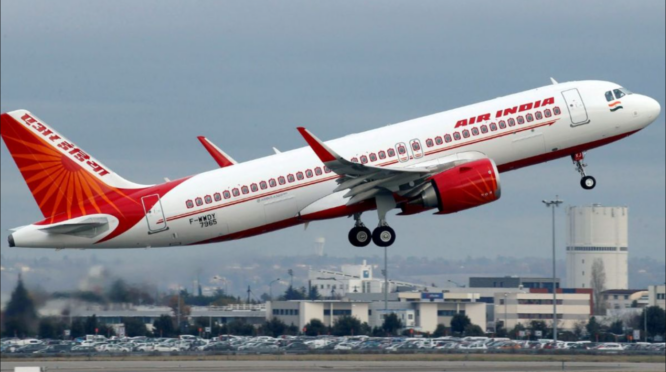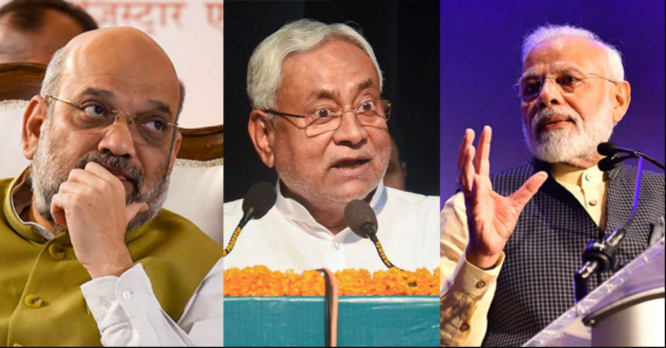On Tuesday, Air India said an irate customer was turned over to security after verbally and physically attacking a staff member on aircraft AI882 from Goa to Delhi on May 29.
“On May 29, a passenger on AI882 misbehaved. An Air India spokeswoman claimed the passenger verbally harassed the staff and violently assaulted one of them.
“On landing at Delhi airport, the passenger continued with the unprovoked, aggressive behavior and was handed over to the security personnel,” it said, adding that the regulator was notified.
Air India emphasized that “Safety of our crew and passengers is of utmost importance”. “We strongly condemn this unruly passenger. The representative stated, “We will support the affected crew members.”

Air India chief Campbell Wilson addressed the current event, saying that rowdy passengers are a persistent problem in the worldwide airline business. “As an airline, we needed to and have taken a firm line on unruly behavior onboard aircraft… we expect people to behave when they fly. “Also, supporting the crew with that message,”
“Unfortunately, the incidents (of unruly behavior) continue to happen,” Wilson said
He continued, “When they happen, we take action and hopefully in the process, we remind people of what the standard is and consequences when the standard is not met.” Every airline has comparable challenges, Wilson added.
Air India deboarded an aggressive male customer who assaulted two cabin staff members on a Delhi-London aircraft a month earlier. After AI 111 landed in Delhi, security took the passenger and filed a FIR.

After the event, DGCA advised airlines to use existing rules to handle similar circumstances. The advise reiterates CAR passenger-handling standards.
The DGCA advised airline operations chiefs to educate pilots, cabin personnel, and post holders on how to handle rowdy passengers. Implementing training programs to monitor aircraft order and discipline to maintain flying safety is advised.
DGCA regulations classify rowdy passenger conduct into three degrees, each with associated actions and penalties. Level 1 includes disorderly drunkenness, physical gestures, and verbal harassment. Level 2 involves sexual harassment, shoving, and kicking. Level 3 includes choking, destroying aircraft systems, and attempted murder.
An airline’s internal committee will determine the length of the rowdy passenger’s flying ban based on the severity of the behavior.




